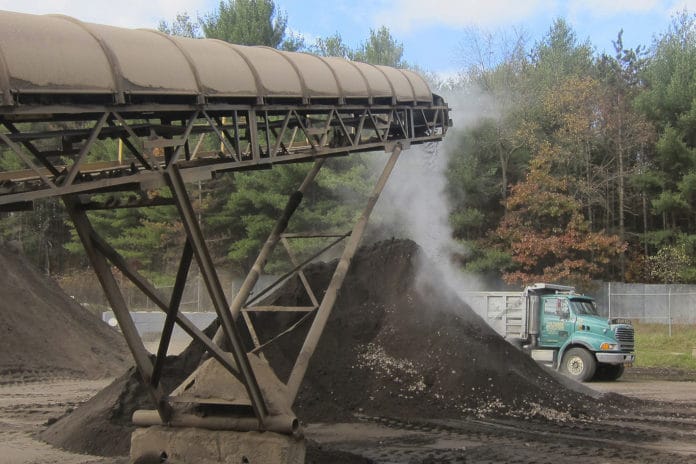Soil contamination by heavy metals is one of the major environmental problems. These poisonous heavy metals like lead and cadmium are released from mines or factories and may pollute the nearby soil. If this does not stop, this poisonous metals might enter the food chain and can endanger human and animal health.
There is no easy way available to separate the soil from these contaminants. Also, the existing remediation technologies have certain limitations like long operation time, high chemical cost, large energy consumption, secondary pollution, and soil degradation.
New technology to address heavy metal contamination
Now, Stanford University researchers have invented a new way to rinse heavy metals from toxic soils that uses a chemical process. The team rinsed the contaminated soil (contaminated with lead and cadmium – two prevalent and dangerous toxins) with a mixture of water and a chemical that attracts heavy metals.
When that mixture is drained from the soil, the chemical pulls heavy metals loose. This toxic brew is then run through an electrochemical filter that captured the heavy metals out of the water. In this way, they cleansed the soil of heavy metals and recycled the water and chemical mixture to percolate through the more contaminated ground.
“This is a new approach to soil cleanup,” said Cui, who is a professor of materials science and engineering and photon science. “Our next step is a pilot test to make sure that what works in the lab is practical in the field, and to figure out how much this process will cost.”
There is also a technique researchers have developed before called phytoremediation – growing sacrificial plants in contaminated soil to absorb heavy metals, then harvesting these crops and taking them to an extraction and disposal facility. It is a low cost, solar energy driven cleanup technique, but it takes many years of repeated harvests.
Which chemical the team used?
The chemical they used was EDTA (Ethylenediaminetetraacetic acid) – a versatile chelating agent. It sometimes used to treat patients poisoned with lead or mercury. Negatively charged EDTA bonds so strongly to positively charged heavy metal particles that it pulls the lead or mercury from the patient’s tissues. The researchers reasoned that, when dissolved in water, EDTA’s negative hooks would rip heavy metals lose from soils.
When EDTA-treated water percolated through contaminated soil, it carried the heavy metals away. The soil was clean, but the treated water was still toxic. The EDTA remained strongly negative even after it captured a positively charged metal particle. So, the researchers built a sieve with the electrical and chemical properties to pull the negatively charged EDTA and positively charged heavy metals apart. The result was isolated heavy metals and a mixture of water and EDTA ready to purify more soil.
In addition to lead and cadmium, the researchers tested the process on copper, which is only dangerous in high concentrations. Cui believes this process of chemical cleansing and electrochemical filtering will work with other dangerous heavy metals like mercury and chromium, but further lab experiments are needed to demonstrate that.
What next?
Next, the team is planning to run the experiment on other heavy metals like mercury. However, the bigger question that remains is whether the process can be scaled up to treat tons of contaminated soil.
“We really have no good remediation technology for heavy metals,” Cui said. “If this proves practical on a large scale it will be a significant advance.”
The research is published in the journal Nature Communications.
